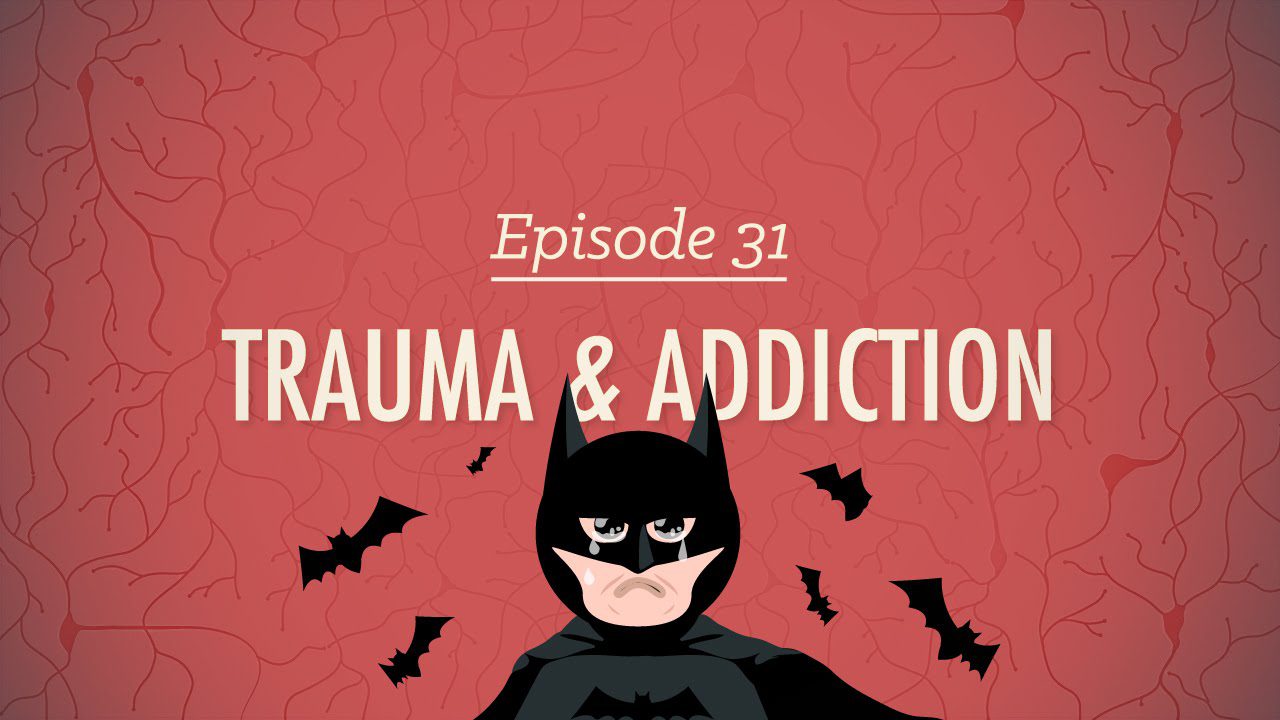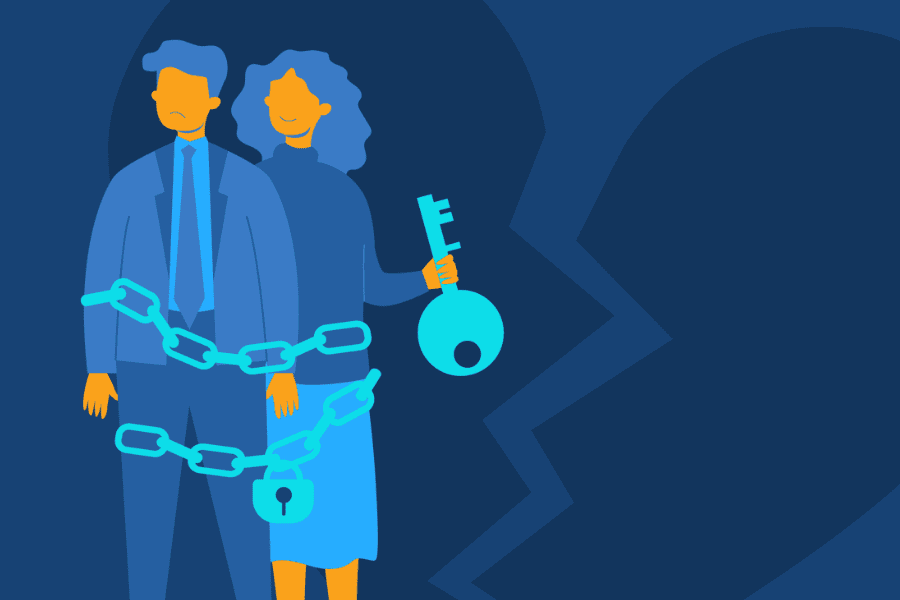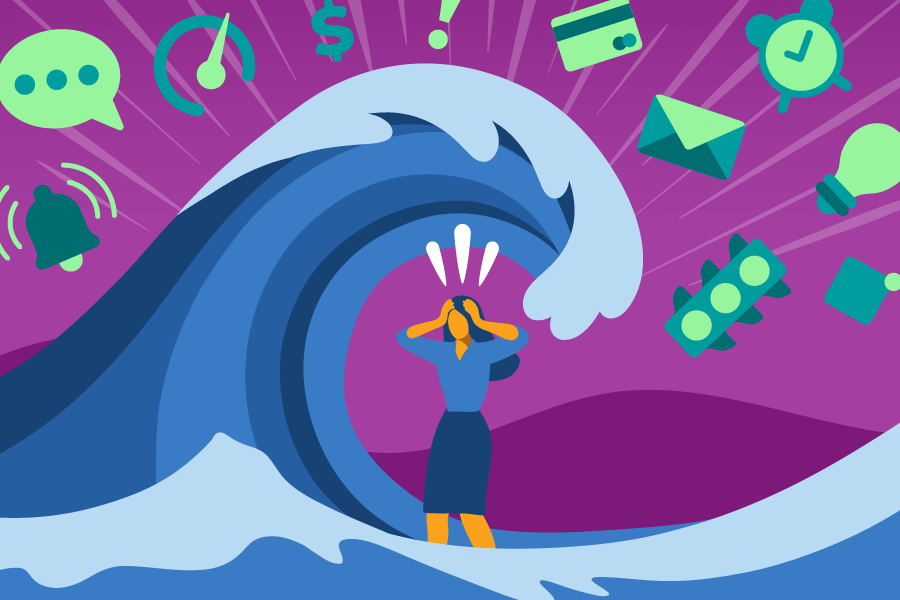Trauma in Teens
Sometimes life doesn’t go according to plan. Unfortunately, traumatic experiences are a part of life for some teens. Maybe your teen has been in a serious car accident. Maybe they witnessed a violent crime. Maybe they lost a close friend or a family member. Or maybe they endured a situation with an active shooter at school. A recent population study found that 68% of surveyed children had experienced at least one potentially traumatic event (PTE) and more than half had experienced multiple traumas.
Although most children are resilient after trauma exposure, others develop significant mental health problems including symptoms of posttraumatic stress disorder (PTSD), depression, anxiety, behavior problems, substance use disorder, and physical health problems.
When these types of events happen, it’s often too much for a young person to handle. After a traumatic event, your child may struggle with physical, psychological and emotional problems. As a parent, it’s important that you help your child understand their trauma and get the support you need to effectively manage it.
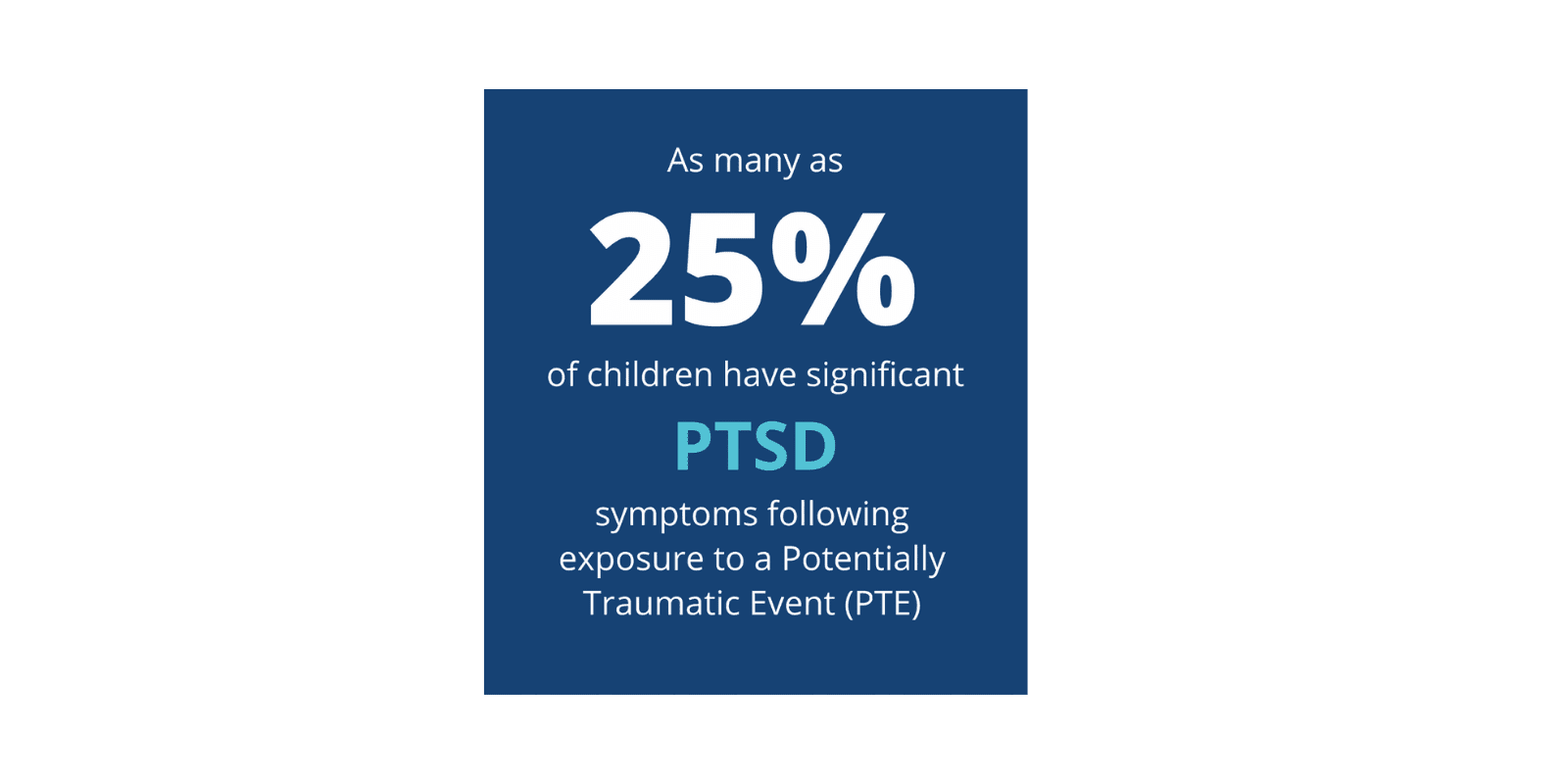
What is Trauma?
Trauma is any stressful, frightening and possibly life-threatening experience that makes someone feel their safety is in danger. During traumatic situations, the victim has strong feelings of fear, and their mind and body experience significant stress. After the experience, they need time to recover both psychologically and physically.
The effects of trauma can vary in severity. Sometimes a few days are enough for the victim to recover, but sometimes it can take months and even years. Sometimes victims are unable to recover without treatment. Because it can be difficult for parents and caregivers to know how to support teenagers through the recovery process, it’s important to understand the causes of trauma and understand the problems that can arise from it.
One of the most common results of traumatic situations is post-traumatic stress disorder (PTSD). PTSD is a psychiatric disorder in which someone who experiences a traumatic situation can’t fully recover from it on their own. They may experience symptoms such as nightmares, flashbacks and trouble sleeping. At times, PTSD can be so debilitating that the victim cannot function normally. A recent study showed that 5 percent of teens had PTSD symptoms at some point in their lifetime. Recovery from PTSD requires professional treatment.
Trauma can take place early in your child’s development only to have symptoms begin to arise in adolescence. Separation, bullying, divorce, or the loss of a caregiver can all be traumatic for a child, but symptoms may not present until middle or high school school and may look like an emerging mental health disorder.
Trauma is any stressful, frightening and possibly life-threatening experience that makes someone feel their safety is in danger. During traumatic situations, the victim has strong feelings of fear, and their mind and body experience significant stress. After the experience, they need time to recover both psychologically and physically.
The effects of trauma can vary in severity. Sometimes a few days are enough for the victim to recover, but sometimes it can take months and even years. Sometimes victims are unable to recover without treatment. Because it can be difficult for parents and caregivers to know how to support teenagers through the recovery process, it’s important to understand the causes of trauma and understand the problems that can arise from it.
One of the most common results of traumatic situations is post-traumatic stress disorder (PTSD). PTSD is a psychiatric disorder in which someone who experiences a traumatic situation can’t fully recover from it on their own. They may experience symptoms such as nightmares, flashbacks and trouble sleeping. At times, PTSD can be so debilitating that the victim cannot function normally.
Trauma can take place early in your child’s development only to have symptoms begin to arise in adolescence. Separation, bullying, divorce, or the loss of a caregiver can all be traumatic for a child, but symptoms may not present until middle or high school school and may look like an emerging mental health disorder.
Common Causes of Trauma and PTSD
- Medical trauma.Serious medical situations, whether short-term or long-term, can be traumatic.
- Disasters.Tornados, hurricanes, storms, fires and other disasters can cause trauma.
- Physical or sexual abuse.When a someone is abused by a peer, caregiver or another person, symptoms of trauma usually result.
- Traumatic grief.The loss of a friend or loved one can cause a your teen to have post-traumatic symptoms.
- Witnessing or experiencing violence.When someone is a victim of violence, or when they see an intentional act of violence take place in their community or home, they can struggle with post-traumatic symptoms.
- Separation from attachment figure.Early trauma like loss or separation from a caregiver can be very traumatic. A long medical stay, death of parent, divorce, removal from home and foster care are all examples of traumatic events for a young child.
It’s important to note that your kid doesn’t necessarily need to be a direct victim of a situation to display symptoms. They can struggle even if a family member or a friend is affected. For example, children of military personnel with PTSD often show symptoms of PTSD themselves.
“The brain gets very confused. And that leads to problems with excessive anger, excessive shutting down, and doing things like taking drugs to make yourself feel better.”
—Bessel Van Der Kolk, Childhood Trauma Leads to Brains Wired for Fear
How to Help Your Traumatized Teen
Sometimes, it can be difficult for parents and caregivers to understand what teens in this situation are going through. They may remain withdrawn, unwilling to share their feelings. Your child may have several reasons for this. They may simply feel unable to share their complex emotions. Also, they might feel that sharing their feelings would be a sign of weakness, or that their parents would somehow make them uncomfortable if they discussed the event with them.
If your child remains withdrawn, they may simply need more time to process their experience. But it’s important to try to talk to them to avoid family problems. Try to discuss the event in a non-threatening, non-judgmental way. They need to feel supported and that they’re able to express their feelings without a sense of shame or guilt openly – they shouldn’t feel that they’re being listened to only to be given advice. As your kid shares their feelings, encourage them. Let them know their feelings are normal, and that they will recover in time.
Sometimes, it can be difficult for parents and caregivers to understand what teens in this situation are going through. They may remain withdrawn, unwilling to share their feelings. Your child may have several reasons for this. They may simply feel unable to share their complex emotions. Also, they might feel that sharing their feelings would be a sign of weakness, or that their parents would somehow make them uncomfortable if they discussed the event with them.
If your child remains withdrawn, they may simply need more time to process their experience. But it’s important to try to talk to them to avoid family problems. Try to discuss the event in a non-threatening, non-judgmental way. They need to feel supported and that they’re able to express their feelings without a sense of shame or guilt openly – they shouldn’t feel that they’re being listened to only to be given advice. As your kid shares their feelings, encourage them. Let them know their feelings are normal, and that they will recover in time.
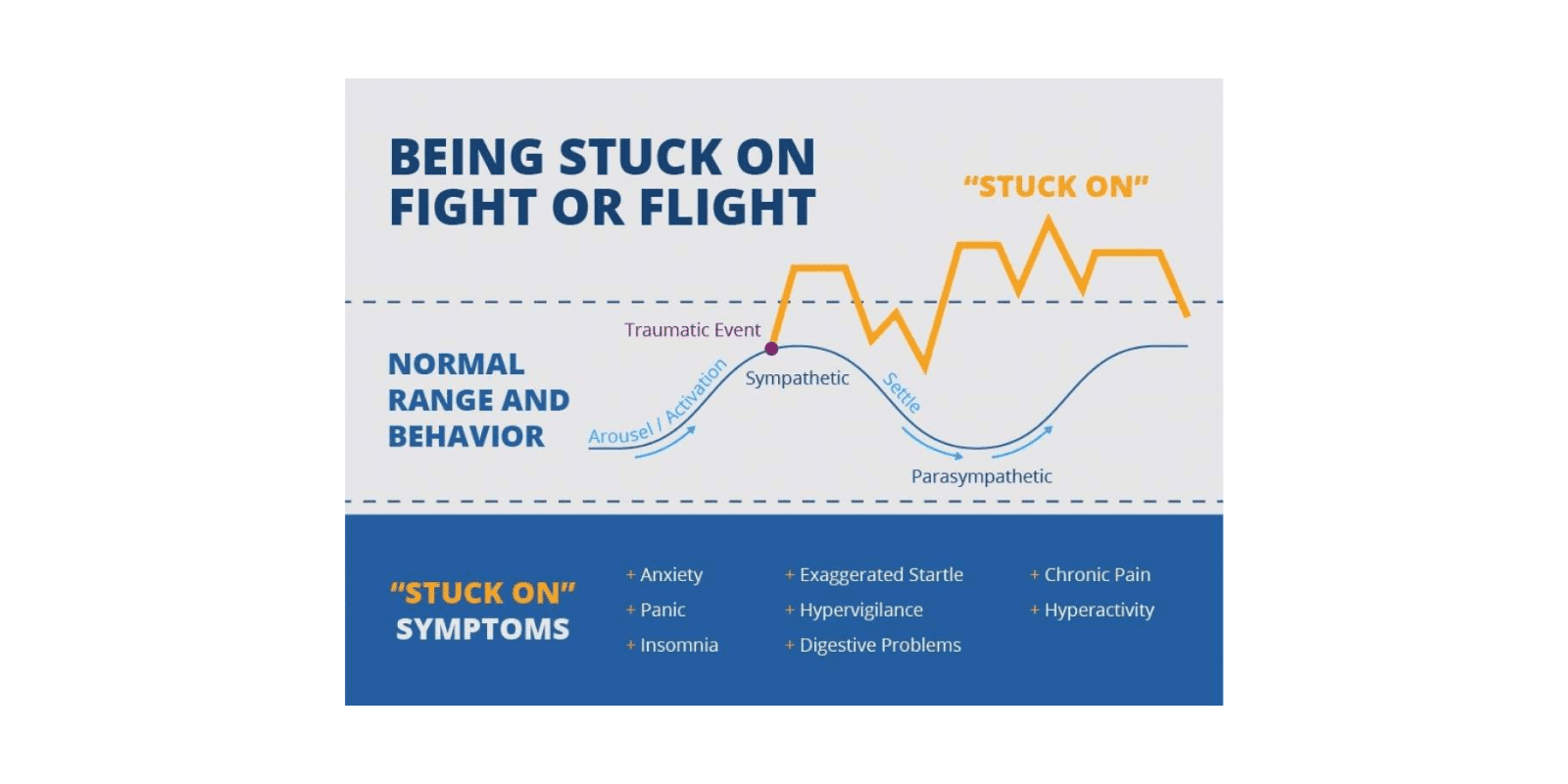
Signs of Trauma and PTSD to Watch Out For
Recovery from a traumatic experience takes time. When traumatic stress becomes chronic, it can be hard to know how to help your child overcome it. So how do you know when it’s time to get professional help? Consider the following warning signs:
- Dangerous or harmful behavior
- Thoughts of suicide
- Substance abuse
- Prolonged isolation or withdrawal
- Failure to show any signs of recovery
- Prolonged symptoms of depression or anxiety
Treatment Options/Therapies
You may find that your child need professional treatment to address their symptoms of trauma. Symptoms of PTSD and trauma often present as other mental health problems such as anxiety, ADHD, and depression. It’s important to find help with proper assessments to get a full picture. Because of the complex nature of trauma, seeking out a therapist with experience and training in trauma is recommended.
- Trauma Focused Cognitive Behavior Therapy (TF-CBT)
- Dialectical Behavior Therapy
- EMDR (Eye Movement Desensitization Reprocessing) Therapy
- Trauma Therapy
When you treat trauma, It can be effective to combine more traditional therapies with alternatives that focus on the mind/body connection and help teach the body to rest it’s flight or fight system.
- Yoga
- Mindfulness
- Yoga Therapy
- Sensory Integration Therapy
- Art Therapy
- Dance Movement Therapy
- Neurofeedback
- Cranial Sacral Therapy
Trust your gut. You know your child. If something seems wrong or out of character, it may be time to get them the help they need. Sandstone Care is available seven days a week to help you with any questions you may have. We have a teen residential program that not only treats substance use, but trauma and underlying mental health issues. If you’re still unsure of what to do, or what your best treatment options are, give us a call anytime at 888-850-1890.


